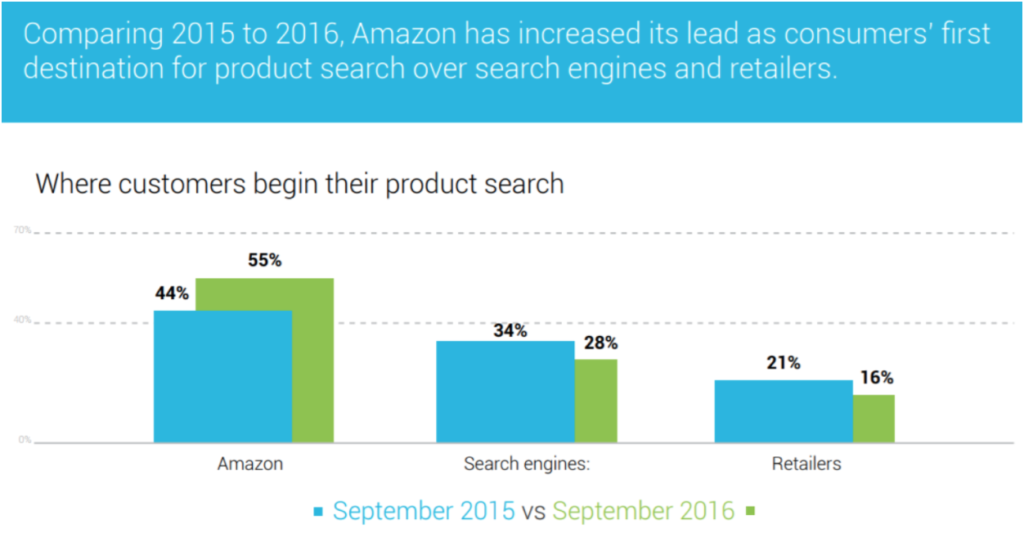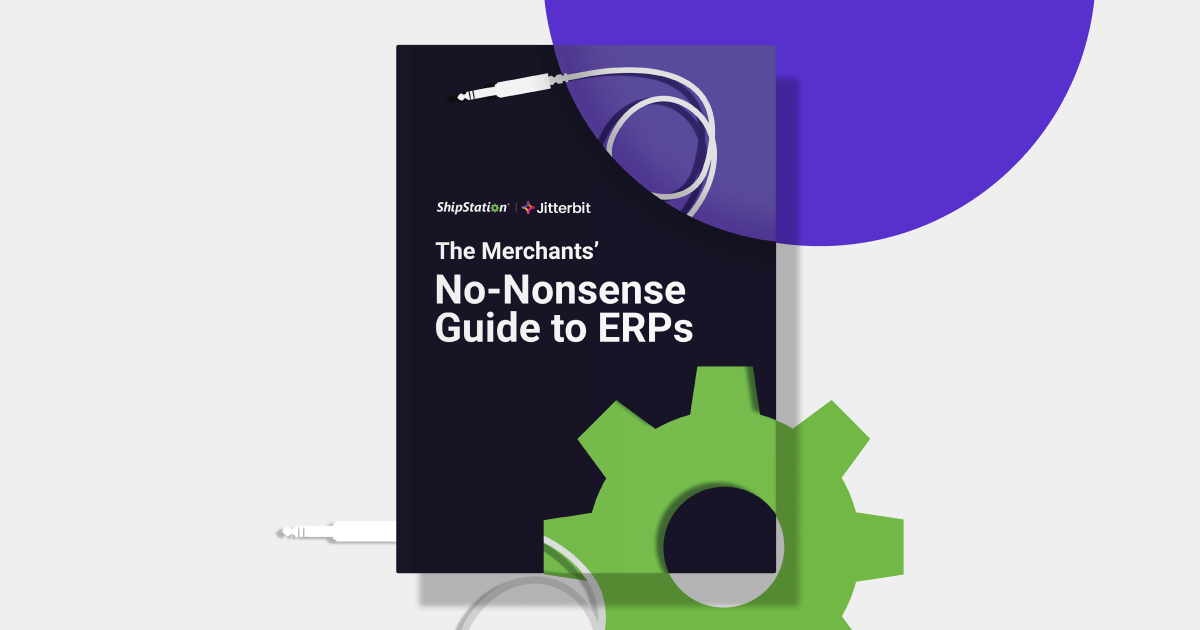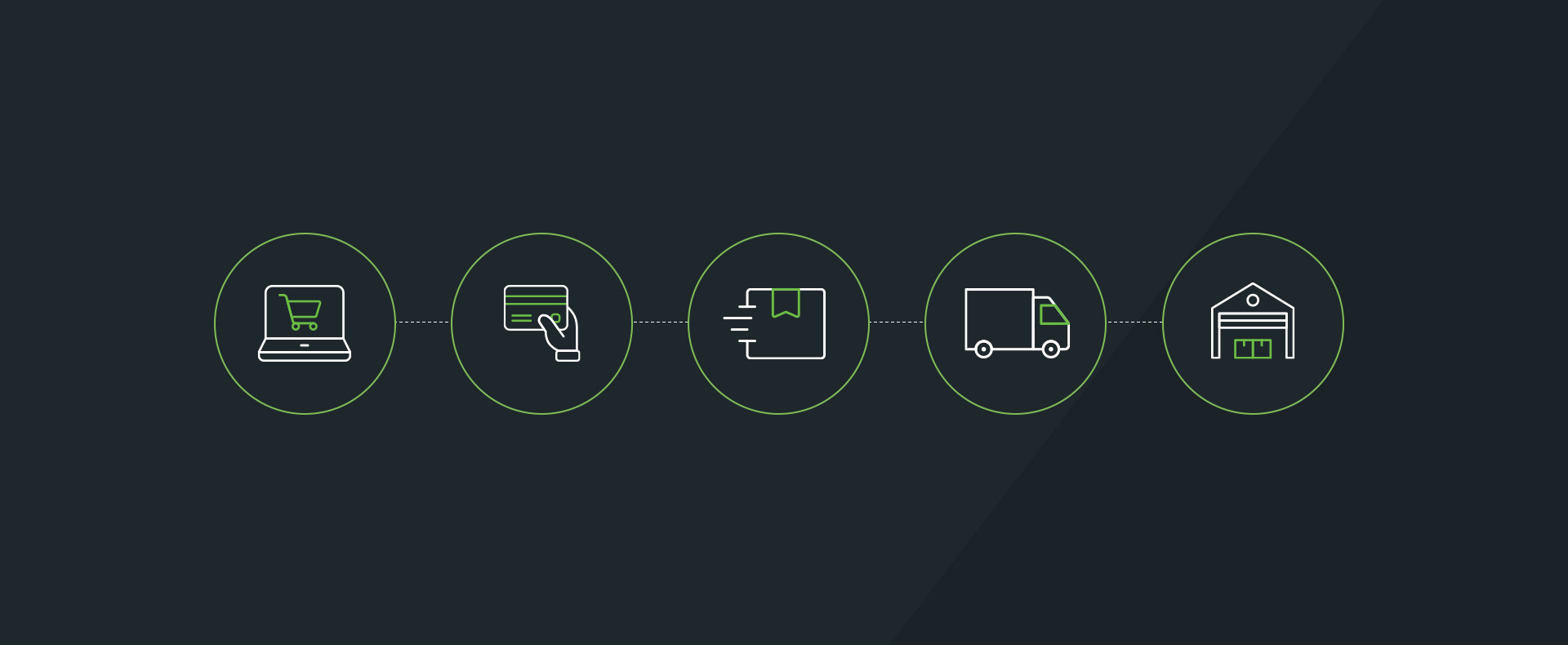How to Increase Sales with a Multi-Channel Strategy (And Earn Prime Status, Too!)
Driving sufficient, targeted traffic is a challenge for every merchant, no matter how established they are. For new store owners, it’s a sink-or-swim struggle: after all, that new Shopify store is not located in the ever-busy “Mall of America”, it is more like running a 7-Eleven in Hopkinsville, KY. Without a solar eclipse.
As a Starter, your goal may be to get your first 50 orders in fast. Higher goals will require more sophisticated tactics. Today’s focus for getting more eyeballs on your products is: go multi-channel and do it with a strategy. Instead of hoping and p(r)aying they find you, meet your prospects where they are. ShipStation sat down with Rick Vogt, who owns Sweater Chalet.com, to learn how he formed a multi-channel strategy based on shopper expectations, international footprint, commissions paid and available inventory.
Let’s start with the basics: More than half of all product searches now start on Amazon – not on Google!
“If you’re not on Amazon, you’re not doing ecommerce”, concludes Vogt: “It’s 50% of my order volume, as much as my other 5 channels combined. On Amazon I only list products with sufficient inventory across all sizes and colors. I earned Prime Seller status in March and it changed my entire company. The pressure for speed is significant but it’s so worth the effort.”
How did he earn Prime status? “Amazon invites sellers based on potential they see. They asked me to qualify by shipping 50 orders within 30 days, all 2nd day. I paid $1,000 in FedEx labels out of my pocket to upgrade these orders – best money ever spent.” A few weeks later Rick Vogt was invited to the Prime program – a “total game changer: you get so much more visibility, Amazon’s ad program did way more than Google AdWords – because people are shopping and not just looking.” He also noticed that search engine results in general “went through the roof”.
With all that success, what is he even doing elsewhere? On eBay, Vogt saw mixed results: “Shoppers seem to be confused about listings – which items are new, which ones are used? Do I have to bid or is it a fixed price.” He still lists items there since the pressure to have all sizes and mail items same day is much lower.
The biggest selection of handmade European sweaters, caps and gloves however can be found on his own store site: “This is where I am truly my own boss, can be creative on design and provide the customer experience I envision.” Vogt adds he can also communicate with shoppers without restrictions, put items on backorder or suggest better alternatives.
Using marketplaces to keep the lights on and get new shoppers while perfectioning your own store with a branded shopping experience is a smart multi-channel strategy, but not the only one. This works great for established businesses like SweaterChalet and others – but most merchants, and certainly all the newbies, struggle to get any traffic to their own store. They simply rely on marketplaces like eBay and Amazon to establish a reputation, credibility – and a solid cash-flow. Other sellers may add “deal sites” to their channel mix in order to keep their main store focused on new full-price items. Specialized marketplaces may also be a great addition if you are looking to tap into a niche audience. Depending on exchange rate and product availability overseas, listing on eBay’s and Amazon’s international sites can also boost sales.
| Get the Most Eyeballs | Find Specific Audiences | Sell Overstock, Markdowns, Deals | Take Your Business to the Global Stage |
| Amazon | Sears (furniture, electronics, household, appliances) | Groupon Goods | Amazon.co.uk, .ca, .de, .fr, .it, .es, .com.mx |
| eBay.com | Etsy (handmade, vintage, unique, collector’s items…) | tanga | eBay.ca, .co.uk, com.au |
| Jet.com | Rakuten | Jane | |
| Walmart.com | Reverb (for musicians) | Eleventh Avenue | |
| Newegg | CrateJoy (subscriptions) | OpenSky | |
| Spressy (helps sell on Instagram & Facebook) | Bandcamp (Music) | Tophatter | |
| houzz (home remodeling, design) | Storenvy |
Start your multi-channel strategy here: check out our integrated marketplaces and the reasons to sell there.
ShipStations newest addition, JET.com, is different from other marketplaces in many ways: The fast growing platform – 60% in Q2 – already lists most products anyone could possibly want to sell, and merchants basically compete on price to fulfill an order. This may sound complicated but ShipStation and Jet do all the heavy lifting. With no fees until merchants actually sell, this is a no-brainer to try out. For most merchants, early fall is THE best time to fine-tune multi-channel strategy and inventory before the holiday season’s final dress rehearsal, aka “Black Friday”, comes around in November.
With ShipStation’s unrivaled number of available marketplaces and carts to connect, at no extra cost, every merchant should feel encouraged and empowered to maximize his reach. Or, as Dolly Parton once said: “Some people say less is more. But I think more is more.”






